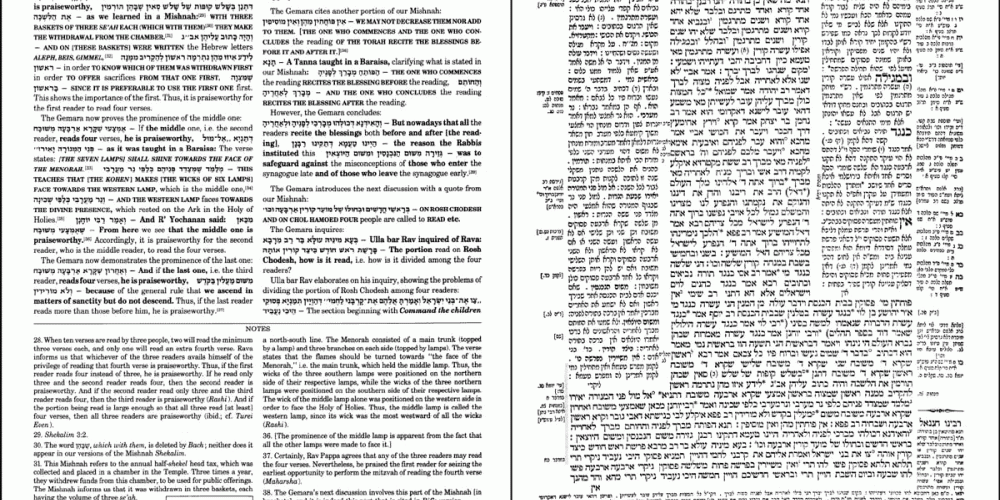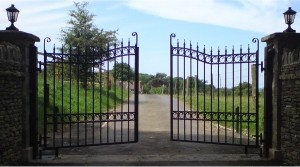
The mitzvah of aliyah laregel--going up to Jerusalem on Pesach, Shavuot, and Sukkot--was a central feature of these holidays of national celebration. While we now have the ability to come to Jerusalem for Yom Tov, and many do just that, we can no longer bring the festive sacrifices associated with each holiday. It is this mitzvah of that opens Masechet Chagigah.
Like so much of the Talmud, this discussion focused on Jewish law as it is meant to be, not as it was truncated in practice. Thus in Seder Moed-- and Masechet Chagigah is the last tractate of Moed-- we discuss in great detail the pascal sacrifice, the elaborate Temple service of Yom Kippur, the collection of the half-shekel tax, and the water libations on Sukkot, to name a few. Our Sages discussed, debated, and analyzed Jewish law, seeing beyond the reality of their own time.
Interestingly, the only medieval legal code that incorporates the "non-practical" aspects of Jewish law is the Rambam, as all other codes only discussed those laws which were applicable in their own time. It is thanks to the Rambam that we have a better grasp on some the issues of Jewish law that have now become applicable in the land of Israel.
One of the hallmarks of Jewish teaching is our fundamental belief that every Jew should have access to its teaching. The notion of a class of elites who possessed and controlled knowledge was anathema to our Sages. G-d made His covenant with "your leaders, your elders, all the people of Israel--your children, your wives, the convert in your midst, from your wood cutters to your water drawers" (Devarim 29:9-10). Yet at the same time, a little knowledge is a dangerous thing, and there were topics that could only be studied privately or not at all. "One does not expound on sexual matters if there are three, and does not study Creation with two, nor the chariots even with one, unless they are exceptionally wise and understand on their own"[1] (Chagigah 11b). There are some areas better left unstudied. The fact that of the four rabbinic giants who studied esoteric material, only Rabbi Akiva "entered in peace and came out in peace" (Chagigah 14b) gave our Sages reason for pause. Throughout Jewish history, debates have raged as to the appropriateness of studying subjects such as philosophy, mysticism, and even secular studies of a general nature.
Interestingly, this is followed by what is the first recorded debate in rabbinic literature. The issue was the technical issue of semicha, of whether it was permissible to lean on an animal on Yom Tov. Many private korbanot required that the owner press his hands on the animal, and a long debate ensued as to whether this leaning was permitted on Yom Tov. This debate raged for five generations, effectively up until the destruction of the Temple.
The last half of the masechet deals with the laws of purity and impurity, especially as it related to the masses of Jews who would come to the Temple for the holidays. How could one be certain that they were careful regarding the laws of purity? Those who were impure were forbidden entry to the Temple or the eating of sacrificial meat. The truth is, one could not be certain they were pure and undoubtedly, many who entered the Temple were impure. Yet, during festival time, all were given the benefit of the doubt that they had prepared properly, and it was assumed that all were pure. All the Temple vessels could thus be used without fear that they had become impure.
Yet, once the festival ended, these assumptions were no longer considered valid, and those very same vessels that we assumed were pure during the festival now carried the presumption of being impure, and had to be purified. While this lacks a certain degree of consistency, this "compromise" was a way of allowing unity of the people over the festivals while maintaining the integrity of the Temple vessels. A difficult, perhaps impossible, peg to square, but a most necessary one.
[1] The exact definition of these categories is, of course, much debated.



